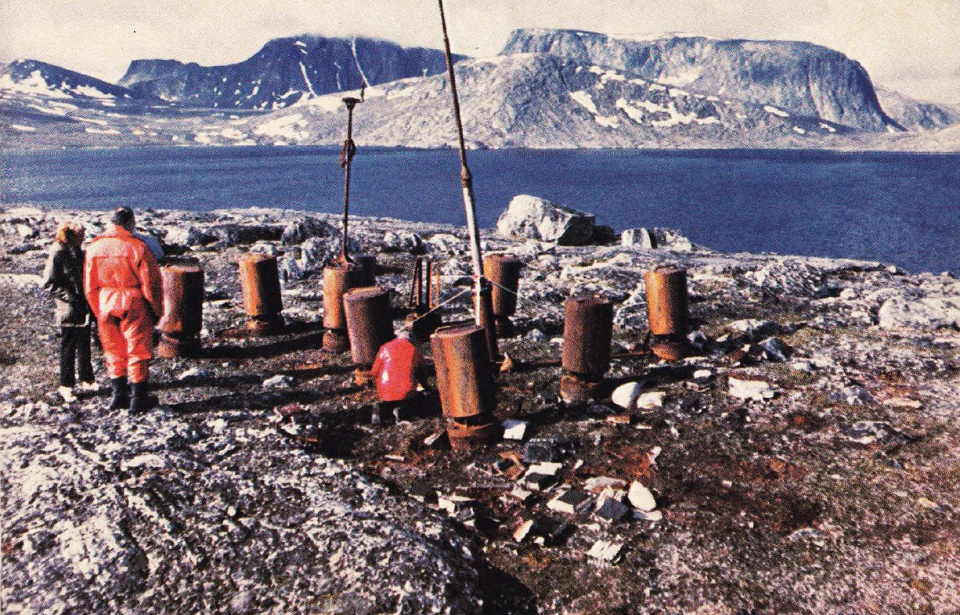The Second World War proved to not only be a conflict of resources, territory and domination, but also one of information. All sides conducted intelligence and counterintelligence operations, and while you might think these missions were about super covert technology, not all of them were. In fact, both the Allies and the Germans had something much more basic, yet necessary on their minds in the early stages of the war: the weather.
Weather played an important role in World War II
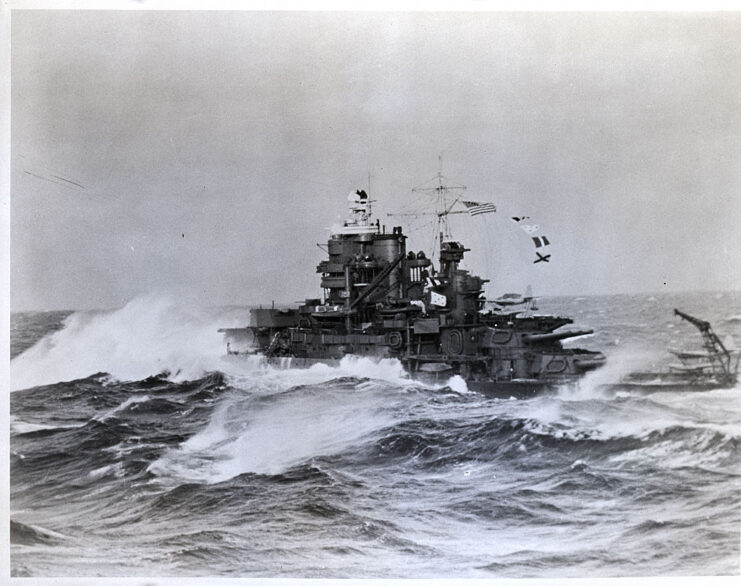
The weather forecast above the cold waters of the Atlantic was crucial, for it determined the conditions for all naval operations. Meteorological data was important, as it affected the routing of ships and convoys, and visibility was necessary to conduct any type of reconnaissance, as well as air raids.
The Allies had an upper hand in the so-called “North Atlantic Weather War,” for, in temperate climates (like the area around the Arctic and north of the Atlantic Ocean), weather systems moved from west to east. The Allies’ network of weather stations in North America, Greenland and Iceland were established during the early years of the conflict, and they enabled them to provide their ships with far superior weather forecasts than those used by the Germans.
Like in any information war, the point was that you gather data and deny your opponent from gaining access to it.
Germany was far behind the Allies
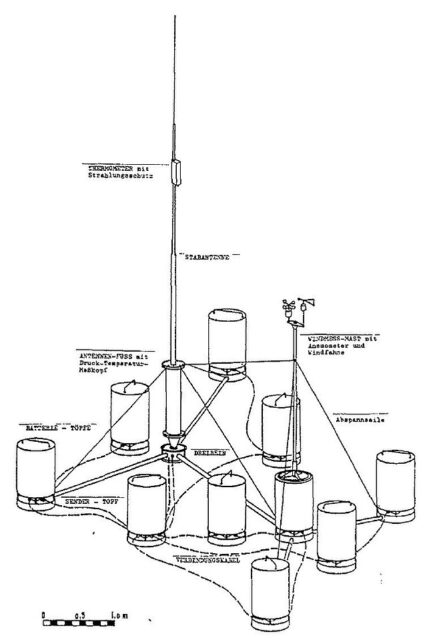
Since the Germans were behind the Allies in the race for meteorological data, they used specially-modified aircraft, ships and U-boats to retrieve weather information. However, these missions proved to be quite dangerous. The Allies would easily destroy or capture a lonely weather vessel, and the aircraft weren’t of much use either.
They needed a way to collect the same amount of data as the Allies, but to do that, the German military needed weather stations on the North American continent: enter the Wetter-Funkgerät Land (WFL).
Wetter-Funkgerät Land
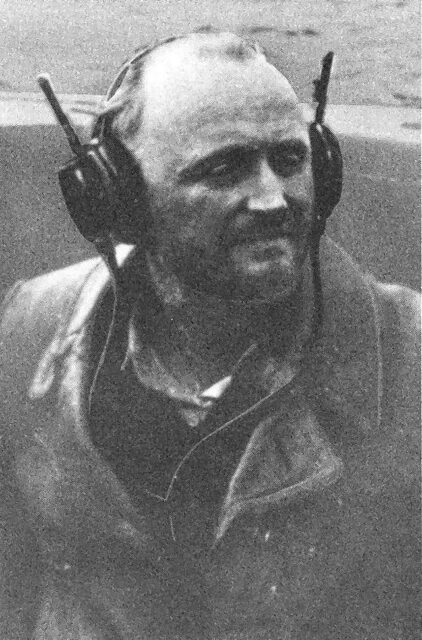
Scientists at the Siemens Company developed an automatic weather station that was capable of sending data every three hours via radio waves on 3940 kHz. It was called Wetter-Funkgerät Land. Twenty-six were manufactured; 14 were placed in Arctic and sub-Arctic regions, including Allied-occupied Greenland, and 5 were placed around the Barents Sea. Two were intended for North America.
The WFL used an array of specialized measure instruments. It was equipped with two masts, with one carrying the anemometer, which registered winds speed and wind wane for direction. It also had a telemetry device, so it could automatically register data and send it via a transmitter. It was powered by rechargeable nickel-cadmium batteries, and could function for up to six months.
Two U-boats were tasked with installing the automatic weather stations on North American soil. U-537 was the first and only one to successfully deploy the WFL, codenamed “Kurt.” The second, U-867, was sunk in 1944 near the Norwegian coast by a Royal Air Force (RAF) bomber.
Installing the Wetter-Funkgerät Land on North American soil
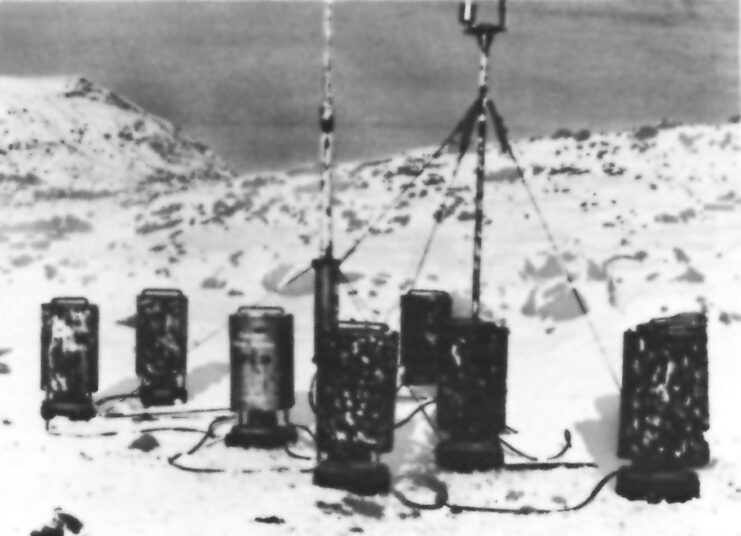
U-537, commanded by Kapitänleutnant Peter Schrewe, had onboard her two meteorologists, Dr. Kurt Sommermeyer and Walter Hildebrant.
The voyage itself proved risky, not due to the Allies patrolling the coast, but because of the weather. The U-boat got caught up in a storm, during which she bumped into an iceberg. Damage was significant; U-537 lost her anti-aircraft cannon and suffered a leak in her hull.
On October 22, 1943, U-537 arrived on the coast of northern Labrador. Schrewe decided it was necessary to install the station as far as possible from inhabited settlements. He judged that this wasn’t going to be easy, since these parts were inhabited by the Inuit people, who often hunted in the far north. It was vital to the Germans that the station stayed hidden for as long as possible, and they dropped anchor at the northeastern tip of the Labrador Peninsula, at Martin Bay.
Soon after, a scouting party checked the coast, and the the meteorologists, accompanied by sailors, began assembling the 100-kg automatic weather station. Armed lookouts were stationed around the perimeter, to ensure nobody surprised those erecting the Wetter-Funkgerät Land. Meanwhile, the rest of U-537‘s crew were tasked with repairing the damaged U-boat.
Camouflaging Weather Station Kurt
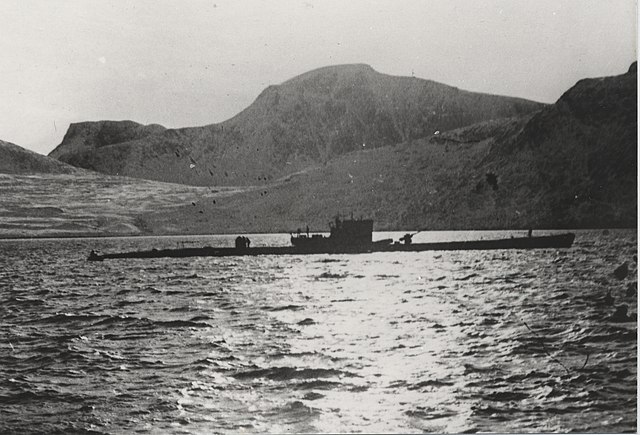
Weather Station Kurt, as it became known, was marked with the logo and name of a non-existent company: Canadian Meteor Service. Empty American cigarette packs were also placed around the site, to make it more believable.
At that time, civilians were kept on a strictly need-to-know basis, so this camouflage made sense. It was even predicted by the Germans that lower-level military staff would also be confused and leave the station be, not wanting to ask questions.
Only 28 hours after arriving on the North American coast, U-537 was on her way home. Near Grand Banks, Newfoundland, her crew encountered a combat air and boat patrol and repelled three consecutive attacks by Canadian aircraft. She managed to escape the Canadians, but sank no ships. On December 8, 1943, after 70 days at sea, the U-boat was back in Lorient, in German-occupied France.
Becoming a forgotten part of World War II-era history
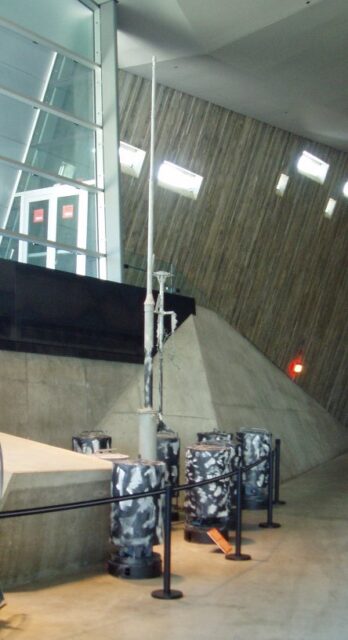
Weather Station Kurt only worked for a few weeks before failing, and it remained undiscovered long after World War II was over. In 1977, geomorphologist Peter Johnson was conducting research near Martin Bay when he stumbled upon the site. He thought it was a Canadian military outpost and simply marked it as “Martin Bay 7” on the map he kept during his research.
Around that same time, a retired Siemens engineer named Franz Selinger was writing a history of the company. He went through Kurt Sommermeyer’s papers and learned of the station’s existence. He subsequently notified the Canadian Ministry of Defence.
More from us: The Devastating Invasion That Kicked Off the Second World War
Want War History Online‘s content sent directly to your inbox? Sign up for our newsletter here!
In 1981, Weather Station Kurt was officially discovered, standing on the same spot where the Germans had left it over 30 years prior. It was dismantled and taken to the Canadian War Museum in Ottawa, Ontario, where it remains on display to this day.
